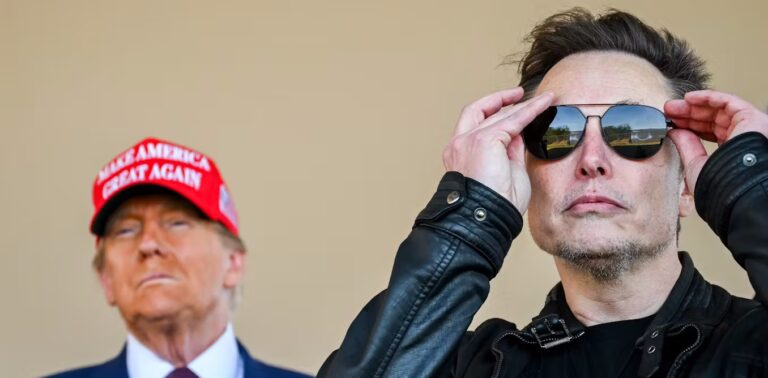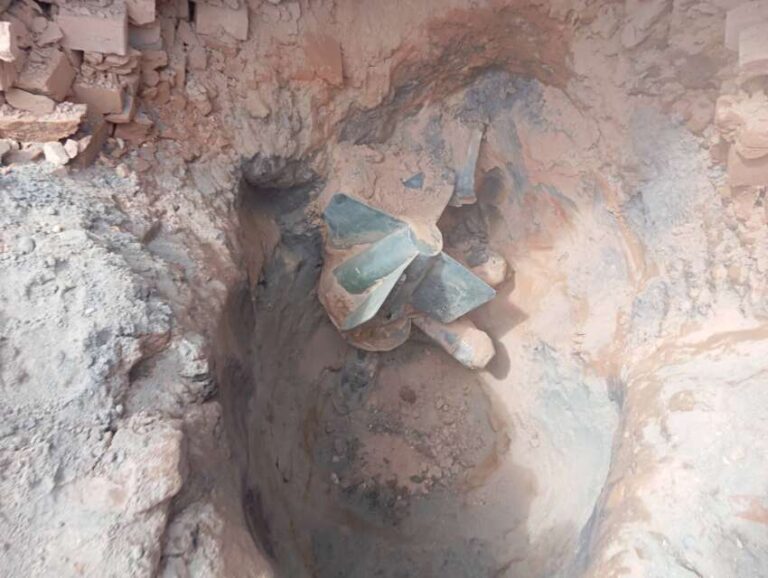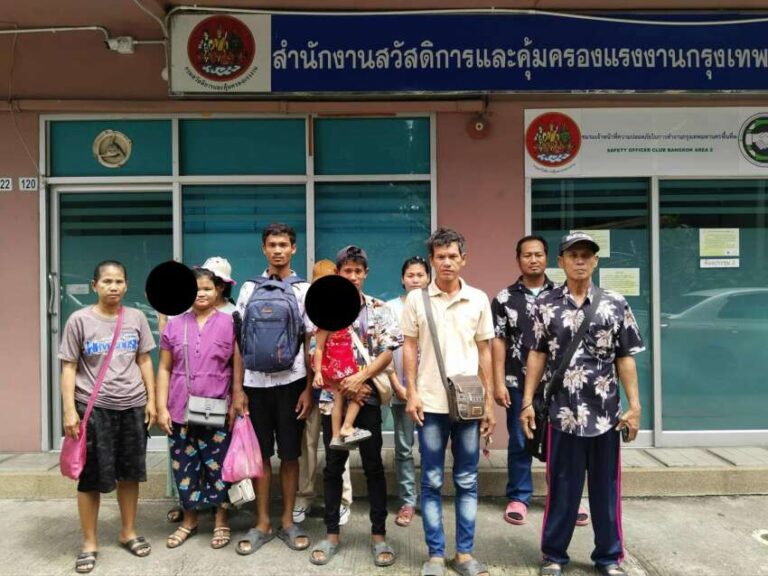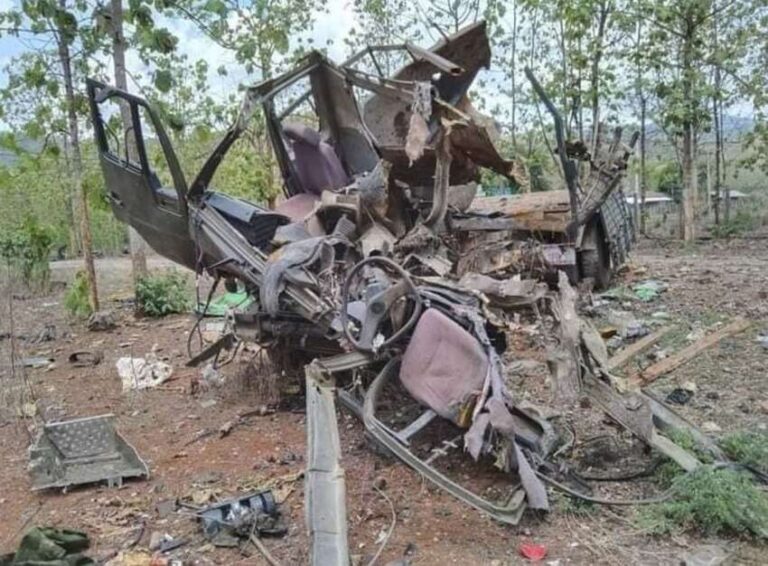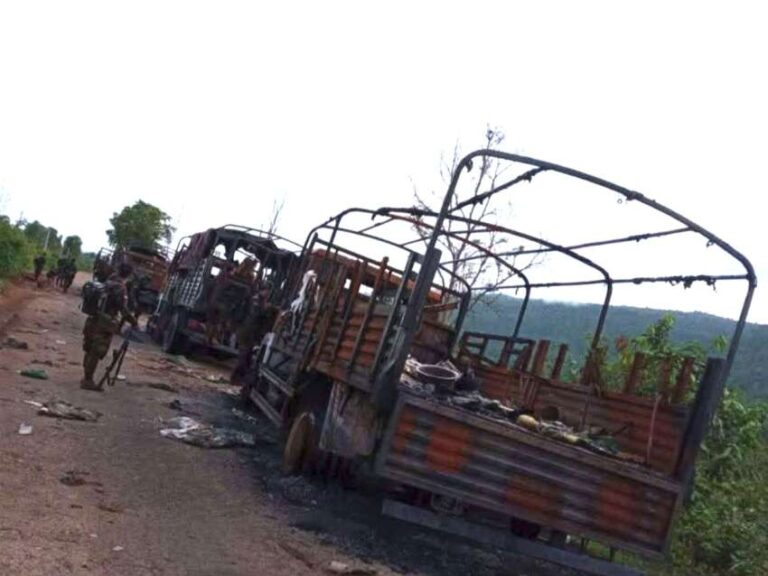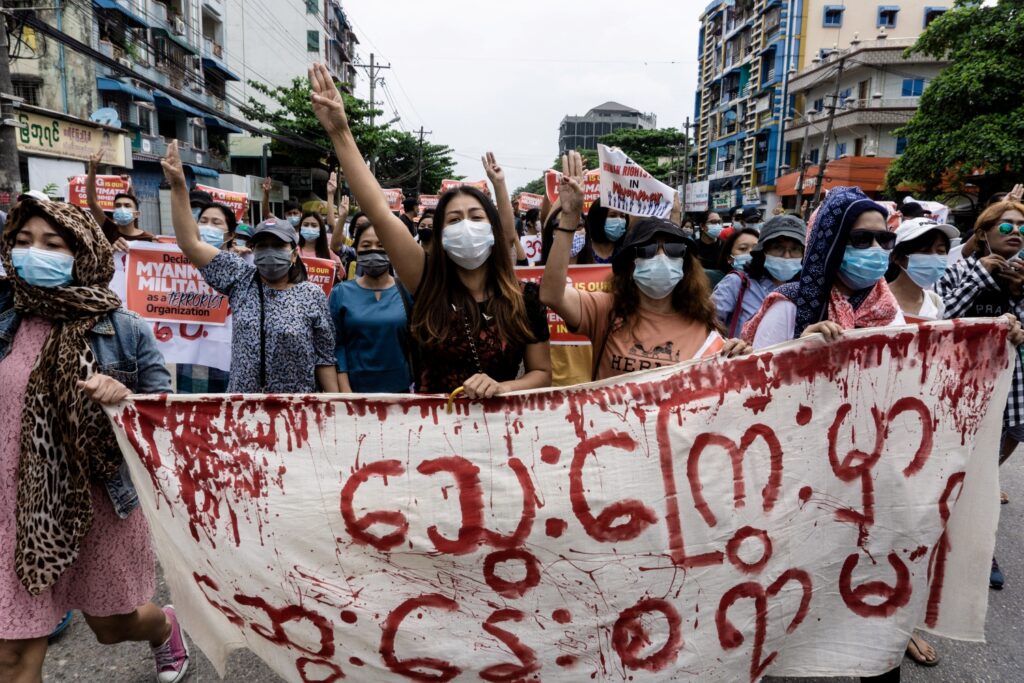
Myanmar’s ongoing revolution, ignited by the military coup in February 2021, has evolved into a complex and multifaceted conflict, drawing in various ethnic armed organizations (EAOs), civilian militias like the People’s Defense Force (PDF), and international stakeholders.
Background
In February 2021, General Min Aung Hlaing’s military junta seized power, overthrowing the democratically elected government led by Aung San Suu Kyi. This action ignited widespread protests and armed resistance across the nation. The National Unity Government (NUG), comprising ousted lawmakers and ethnic leaders, emerged as the primary political opposition, rallying various resistance groups under the banner of the Spring Revolution.
Territorial Control and Military Engagements
By mid-2024, the conflict had significantly shifted the balance of power. The military junta controlled approximately 21% of Myanmar’s territory, primarily urban centers, while opposition forces, including the NUG and EAOs, held about 42%, encompassing regions like Rakhine, Kachin, Chin, Karenni, and Karen states. The resistance’s coordinated offensives, notably Operation 1027 by the Three Brotherhood Alliance (3TBA), led to the capture of two regional command headquarters and 173 battalions, marking a significant blow to the junta’s military capabilities.
Humanitarian Impact
The conflict has precipitated a dire humanitarian crisis. Over 63,000 people have lost their lives, and more than 3.5 million are internally displaced. The economy has contracted, with the GDP in 2025 projected to be 11% below 2019 levels, exacerbating poverty and instability.
International Involvement
China has played a notable role, hosting junta leader Min Aung Hlaing in November 2024 and brokering a ceasefire between the military and the ethnic rebel group MNDAA. However, these efforts have been met with skepticism, as previous ceasefires have failed to hold, and the junta’s commitment to genuine political dialogue remains doubtful.
Technological Aspects
The use of drones has transformed the dynamics of warfare in Myanmar. Resistance forces employ drones for surveillance and targeted strikes, effectively challenging the military’s air superiority. Both sides face challenges in maintaining and advancing their drone capabilities, influencing the conflict’s trajectory.
Prospects for Peace
The junta’s call for negotiations and plans for elections in late 2025 are viewed with skepticism by opposition groups, who perceive them as tactics to legitimize military rule. The NUG and various EAOs continue to advocate for a federal democratic system, rejecting any process that does not involve genuine power-sharing and accountability.
Conclusion
Myanmar’s revolution is a complex struggle involving a diverse array of actors, each with distinct objectives and strategies. The path to peace and democracy remains fraught with challenges, requiring concerted efforts from both domestic stakeholders and the international community to address the underlying issues fueling the conflict.

